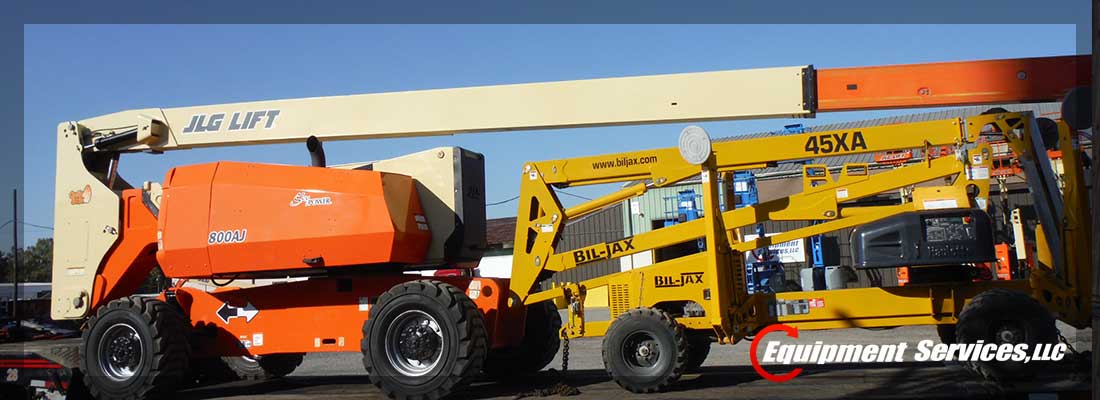Many people confuse aerial lifts with scissor lifts. While they may be similar, this is simply not the case according to OSHA. The classification of aerial lifts and scissor lifts has long since been confused and now is the time to set the record straight.
An aerial lift is a vehicle mounted platform that rotates and elevates. These devices include vertical towers, aerial ladders, articulating boom platforms, and more. Aerial lifts are also called boom lifts and are basically any vehicle mounted piece of equipment used to elevate a person. The person can also be moved horizontally if necessary. Articulating boom lifts are capable of navigating aground obstacles that would make the job dangerous or impossible otherwise. A scissor lift on the other hand carries a person or persons vertically with less reach than an aerial lift.
A scissor lift does not directly align with the specifications of an aerial lift, but it does with that of a scaffold. It is for this reason that OSHA does not provide provisions for scissor lifts alone; they are included as scaffolds because they can be defined as mobile scaffold lift platforms.
Scissor lifts can be used in many projects. These include construction, retail, entertainment, and even manufacturing. The main difference between aerial lifts and scissor lifts is the direction in which they extend. While scissor lifts can only extend vertically from their base, aerial lifts can extend both vertically and horizontally. The scissor lifts work by way of crisscrossed beams that push a platform upward as they straighten.
Another difference between aerial lifts and scissor lifts has to do with fall protection. The use of aerial lifts requires operators to equip themselves with full body harnesses and lanyards at all times. This form of protection is not required for those who use scissor lifts. Guardrails are the only form of protection required when using a scissor lift.
Aerial lifts require more protection because they are inherently more dangerous. A scissor lift extends upward and outward, which puts the machine at risk of falling due to imbalance.
There are some other safety measures that are required for both scissor lifts and aerial lifts. The guardrails in use must adhere to the OSHA requirements. They also must be in good condition. Make sure to repair your guardrails as often as possible to ensure they remain in acceptable condition. All gates and other openings must be closed when the machine is in use. Workers must keep both feet planted firmly in the bucket or on the work platform, as this will keep the machines from losing balance. Workers are not permitted to climb on or lean over the guardrails, as this will interfere with their safety and the balance of the machine. Work should be in close reach, as mentioned above; leaning over the guardrails is not permitted. Planks, ladders, and other devices should not be used in conjunction with these machines as work platforms.
If you are interested in renting or repairing a scissor lift or an aerial lift and are confused as to which you need, contact us.

